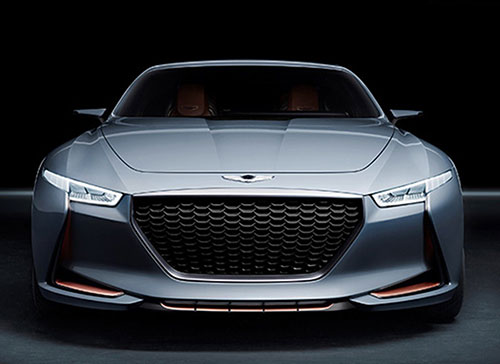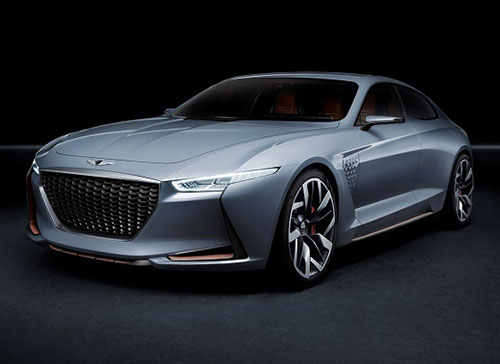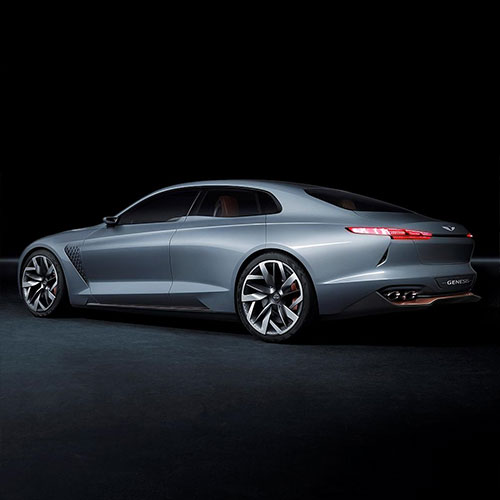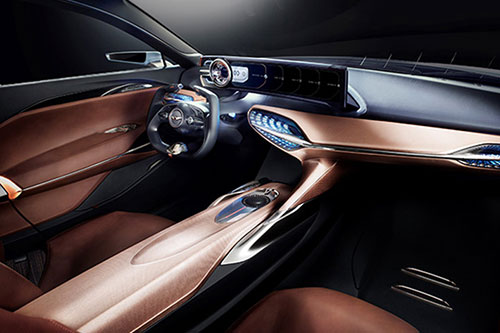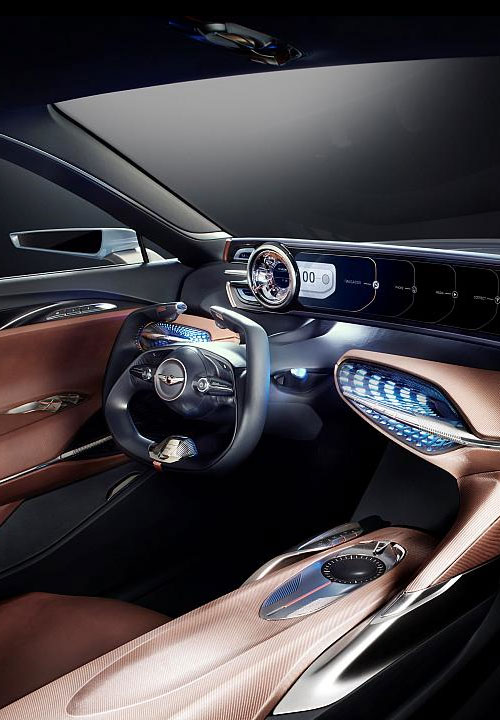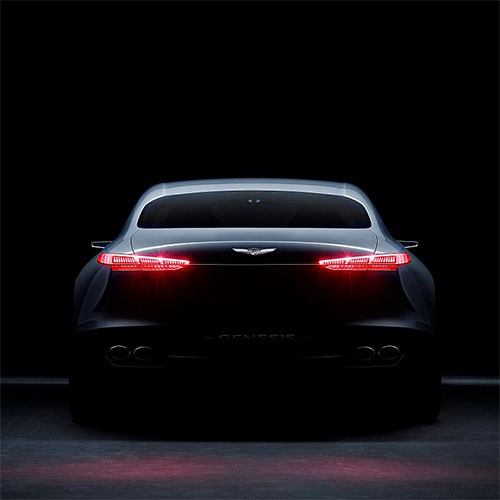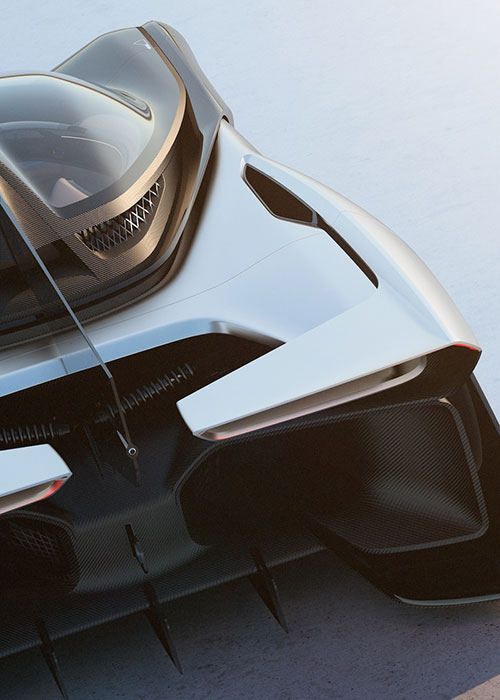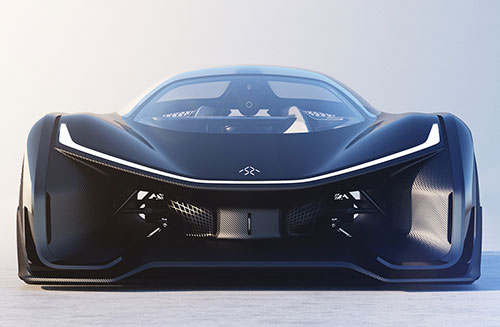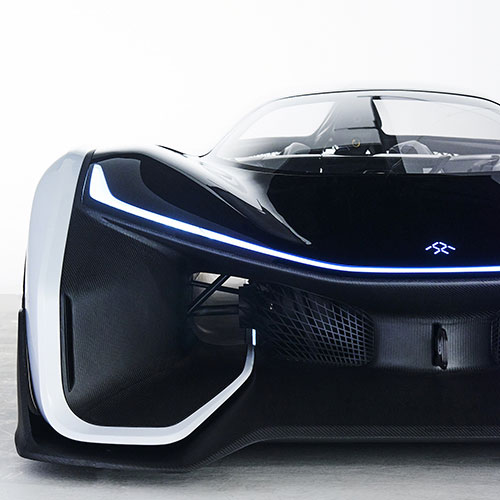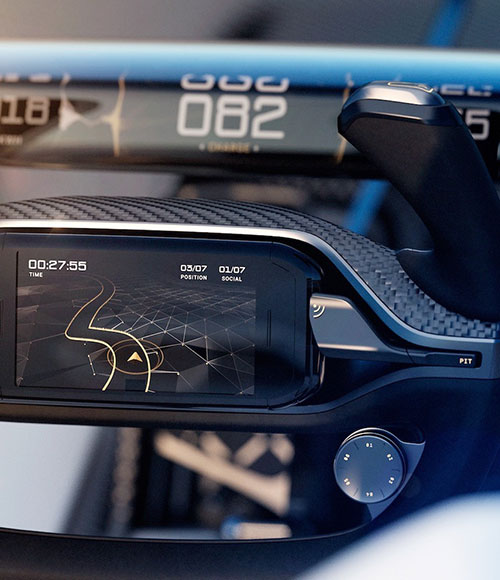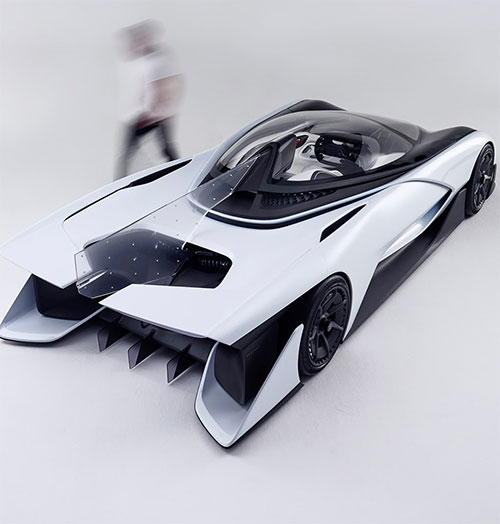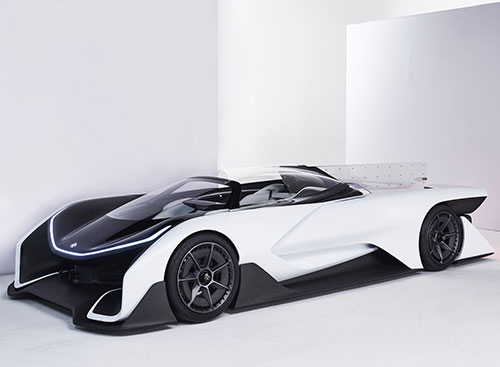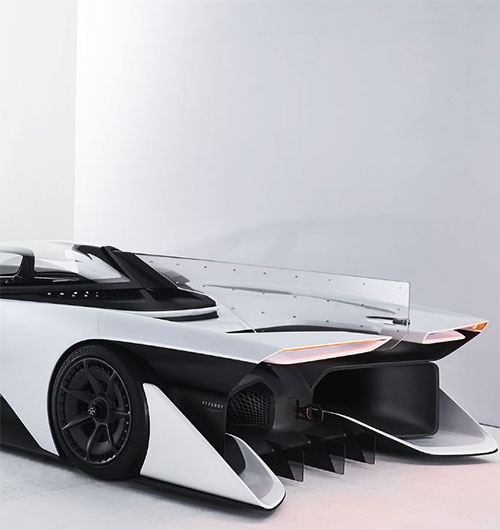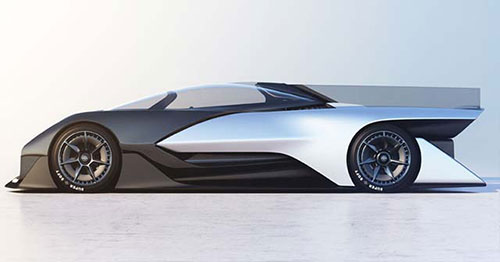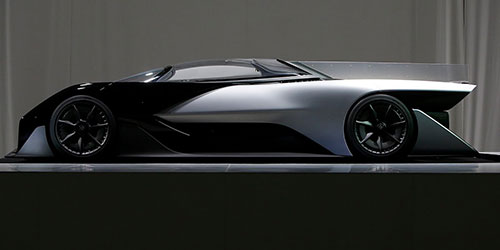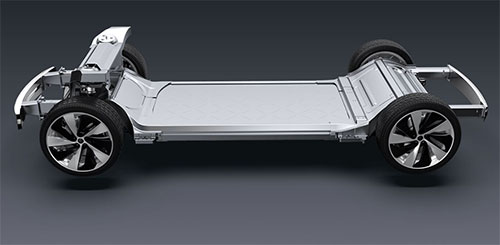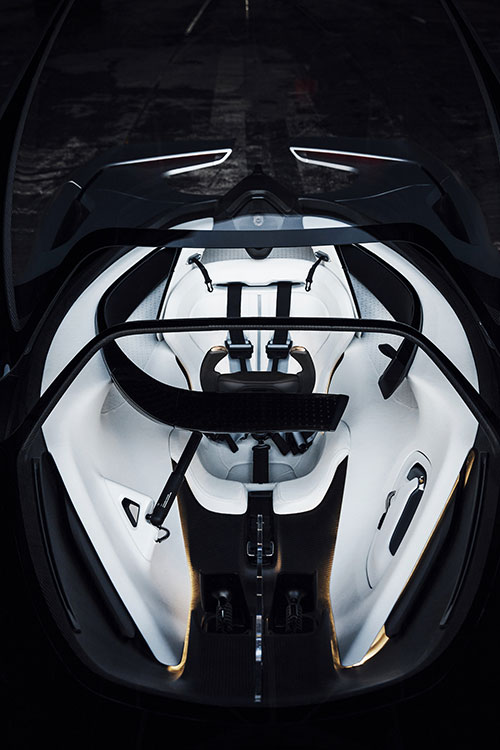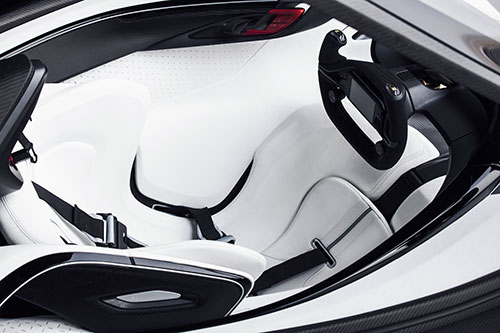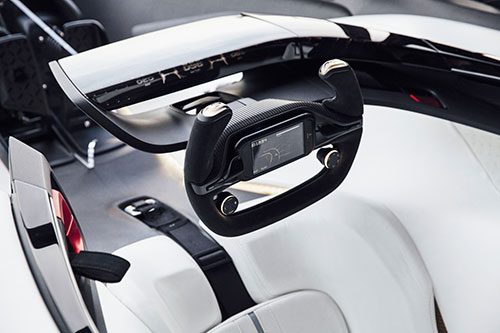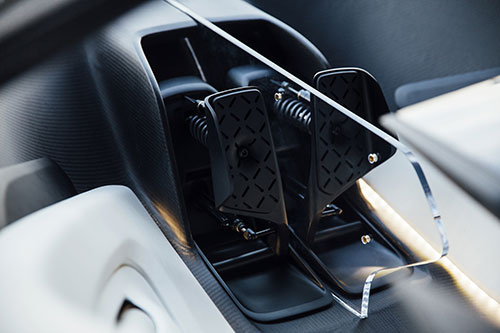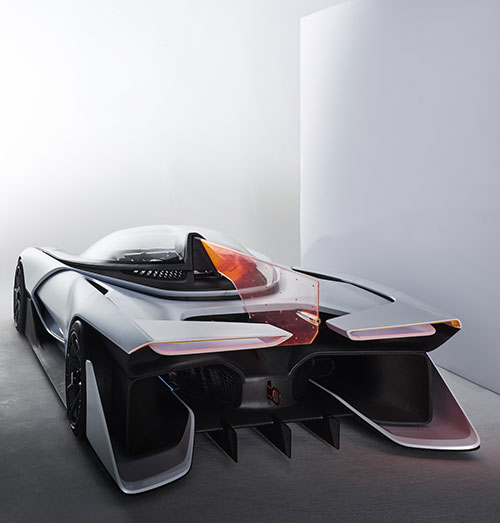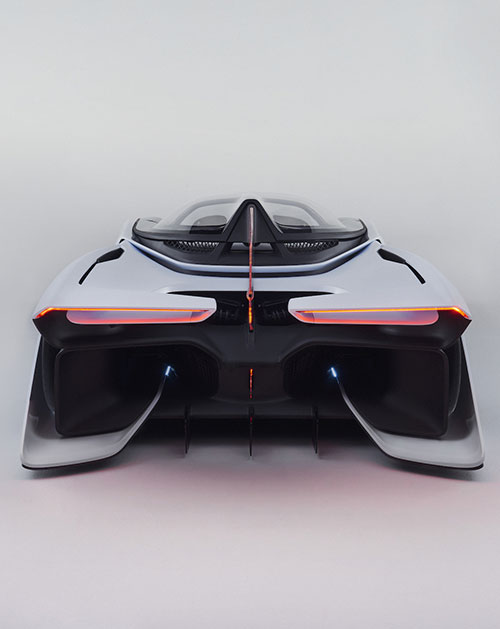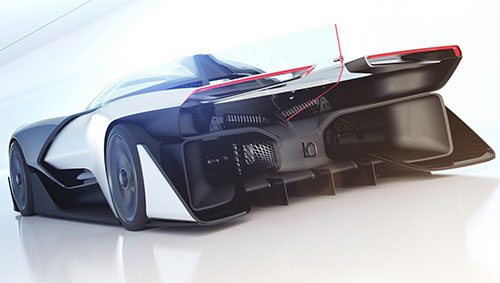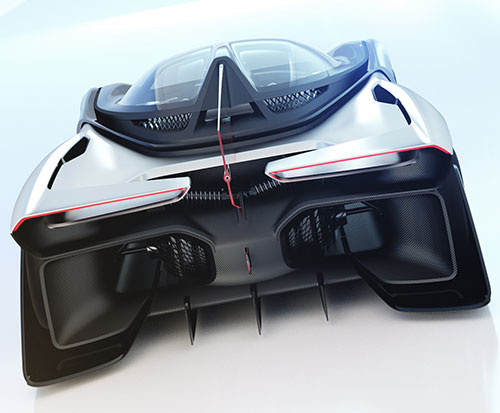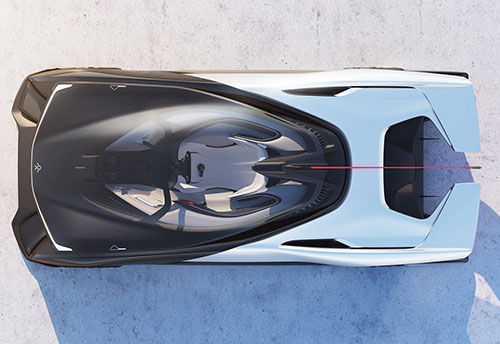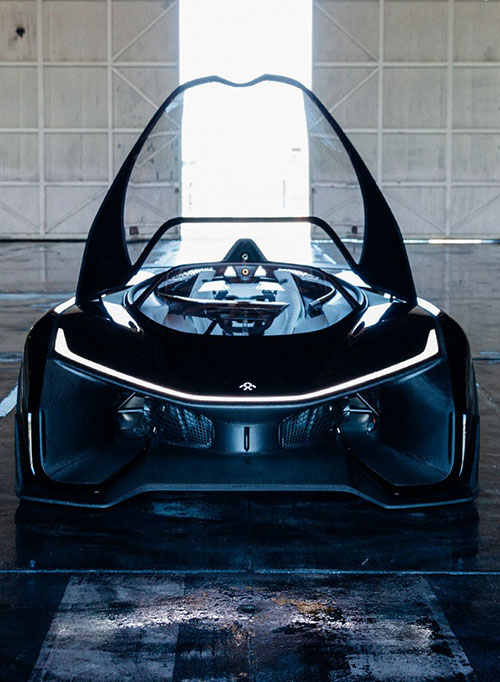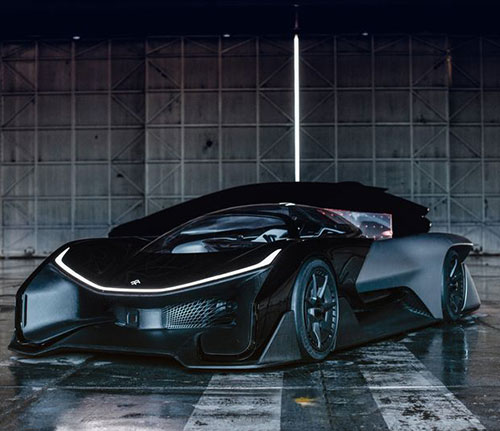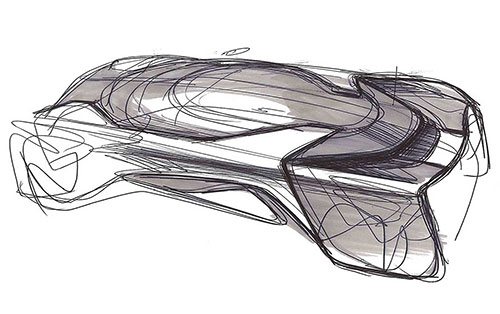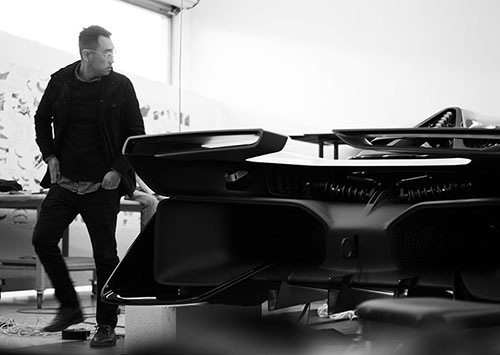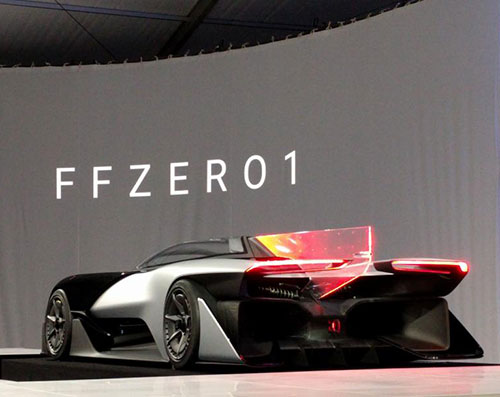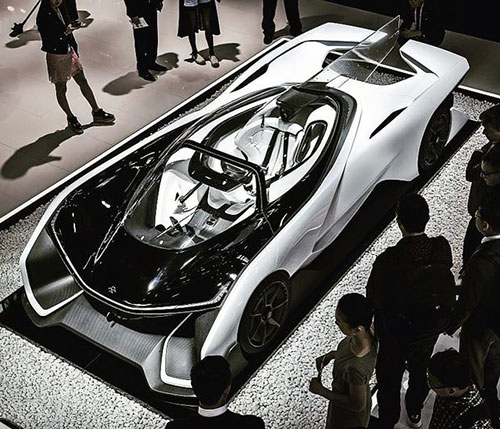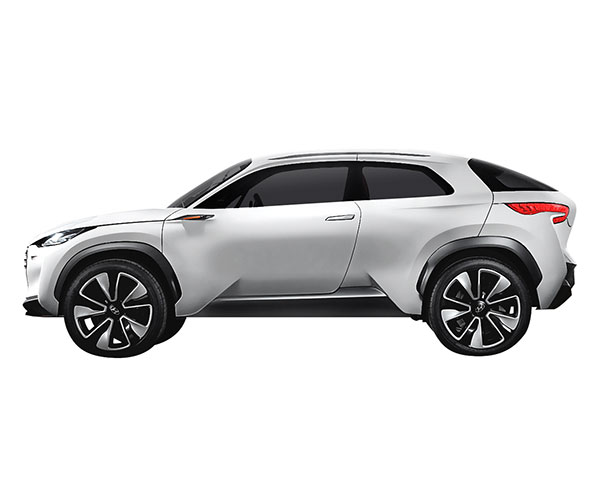
Intrado, unveiled at the Hyundai press conference at Geneva, shows the company’s optimistic vision of a future where mobility is more enjoyable and more relevant. Far more than a styling exercise, Intrado demonstrates Hyundai’s belief that advanced vehicle technologies and intelligent design can combine to engage more effectively with driver and passengers. The car’s use of lightweight materials, radical construction methods and advanced powertrain raises efficiency, while the design focus inside and out is on meeting the needs of consumers with busy lifestyles.
Intrado takes its name from the underside of an aircraft’s wing the area that creates lift. The car’s advanced materials and technologies also draw inspiration from aircraft, such as the removal of all unnecessary weight, logical solutions to complex challenges, inspired by a purity of purpose, and a highly efficient powertrain.
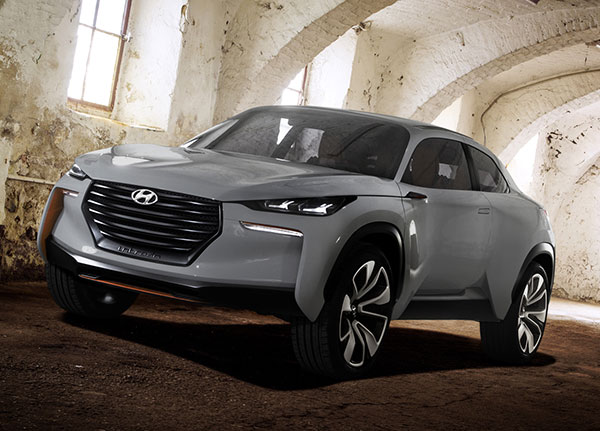
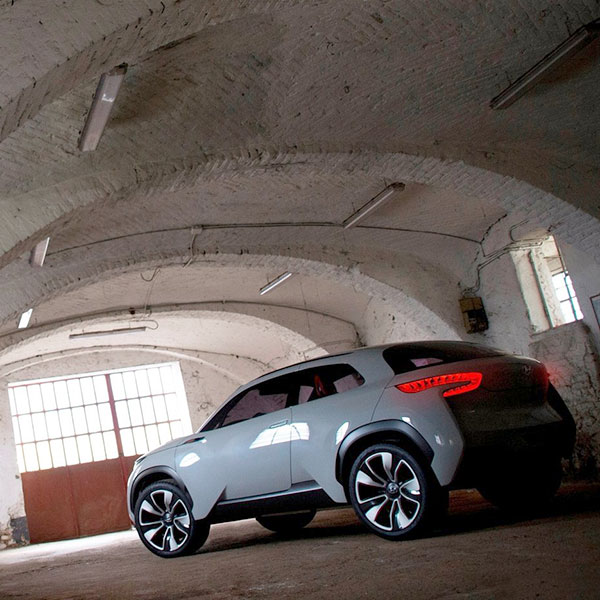
The distinctive exterior shape of Intrado is dictated by the need to be aerodynamically efficient; it is free of unnecessary adornments and features minimal detailing. The body panels are made of advanced super-lightweight steel from Hyundai Motor Company steel plant. Its interior is defined by a focus on usability and adaptability, and draws attention to its advanced materials and radical construction. The seals of opening panels shut directly against the central carbon frame, showcasing the carbon fiber whenever doors, hood or trunk are opened. Components that are usually concealed are highlighted, including the ‘see-through’ air vents and exposed frame onto which the seats clip directly.
The super-lightweight structure of Intrado demonstrates Hyundai’s desire to produce lighter, stronger cars that are even better to drive and simpler to repair. The central carbon frame structure is constructed using new manufacturing and joining techniques that together have the potential to change the way cars are made. The strength and rigidity of this central structure also allow body panels to be constructed from any material, giving designers greater flexibility and aiding reparability. Lightweight steel impact structures further enhance crash performance and repair times.
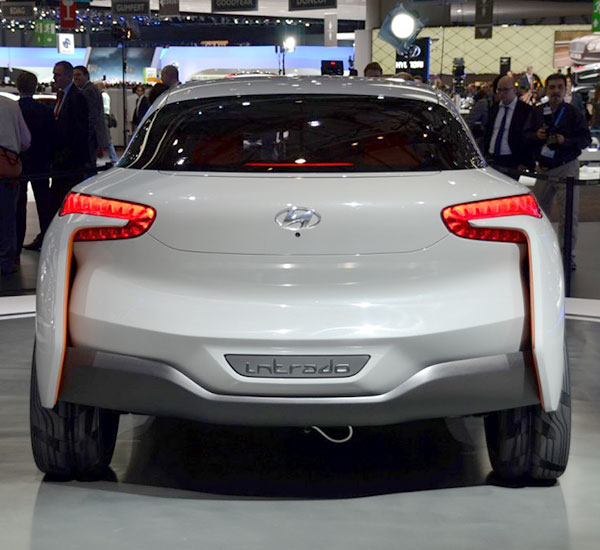
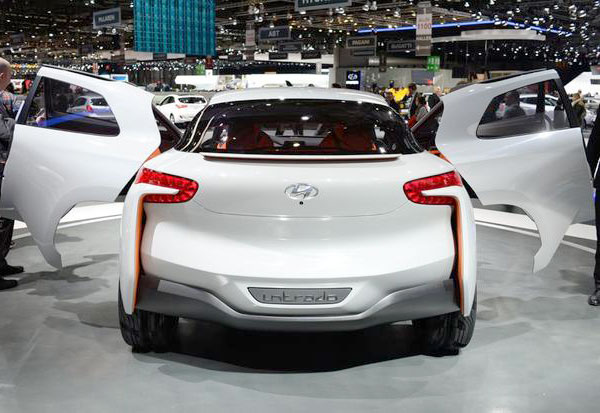
Intrado is powered by a next-generation hydrogen fuel-cell powertrain that utilize a Li-ion 36 kW battery. Refueled in just a few minutes, Intrado has a range of more than 600 kilometers and emits only water. In addition to increased range, Intrado promises more responsive and agile driving dynamics, thanks to the reduced weight and greater efficiency of its powertrain.
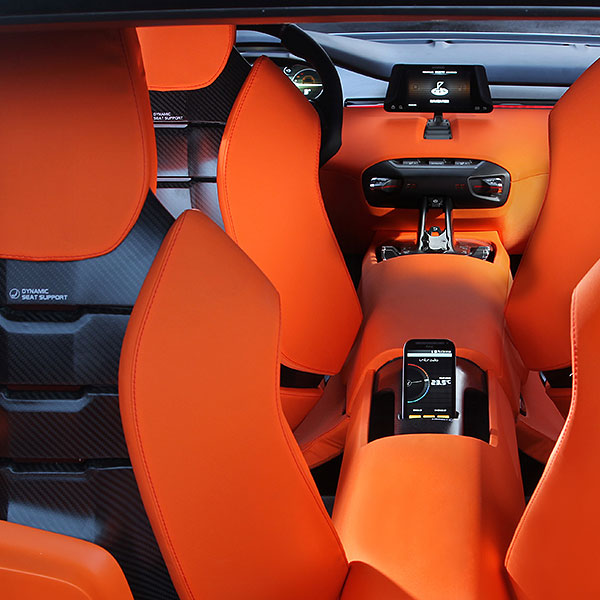
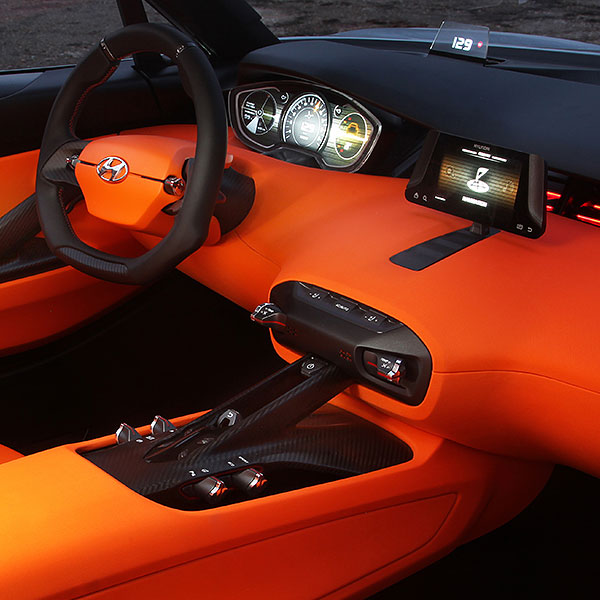
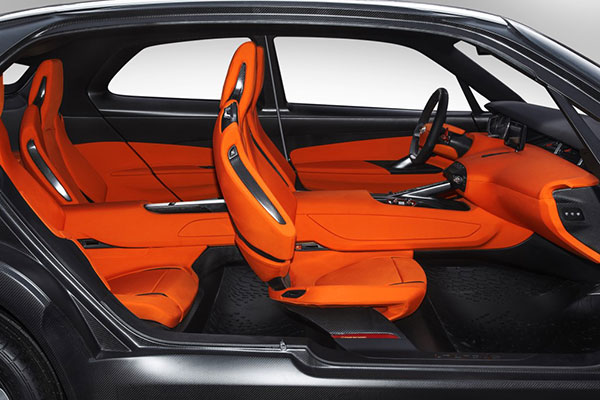
The Hyundai Intrado Concept is revolutionary. If it really is feasible to make vehicles using carbon fiber in this way, from both technological and cost-effectiveness standpoints, then it won't just be Hyundai doing it. Every other carmaker will follow suit.
On a more real-world note, this is Hyundai's first concept created under the leadership of design boss Peter Schreyer, who used to work for Audi (playing a major part in the creation of the original TT) and then moved to Kia. He has received an honorary doctorate from London's Royal College of Art, only the third automotive designer to have done so. Now he oversees the whole Hyundai/Kia styling operation. So expect more stunning looking cars from these marques.
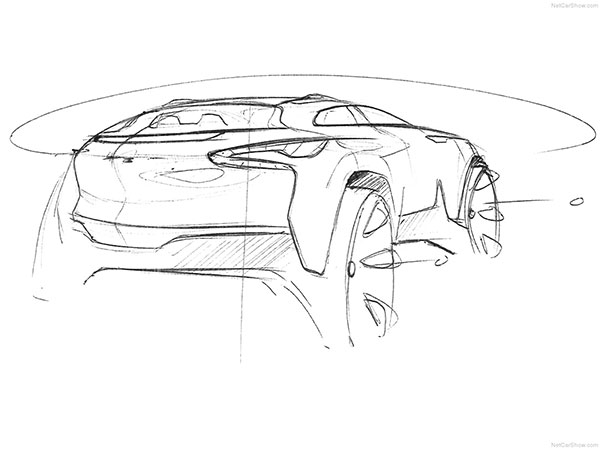
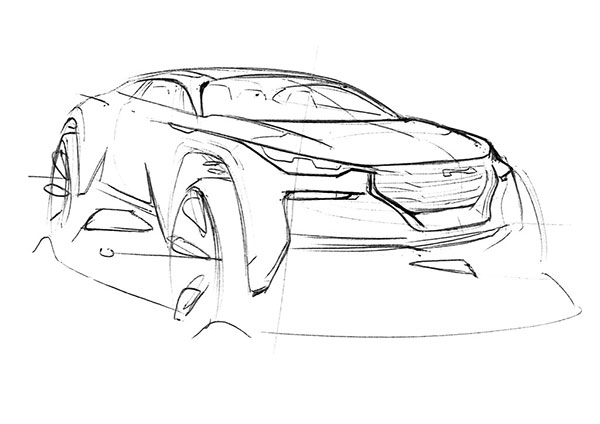
The key inspiration behind Intrado comes from aeronautics, and harnessing the power of air flow to create a more efficient form. This inspired the name ‘Intrado’, which is the underside area of an aircraft’s wing that creates lift.
Raphael Bretecher, General Manager, Design Department at Hyundai Design Centre Europe, and Intrado project leader, commented: “Intrado aims to encapsulate the efficiency and freedom associated with flying, while paving the way for future Hyundai models. The parallels with aircraft go far beyond the name. Nothing is present solely for decoration. Everything serves a purpose. Like an aircraft, Intrado has a purity of design that is beautiful and efficient.”
Hyundai Motors

